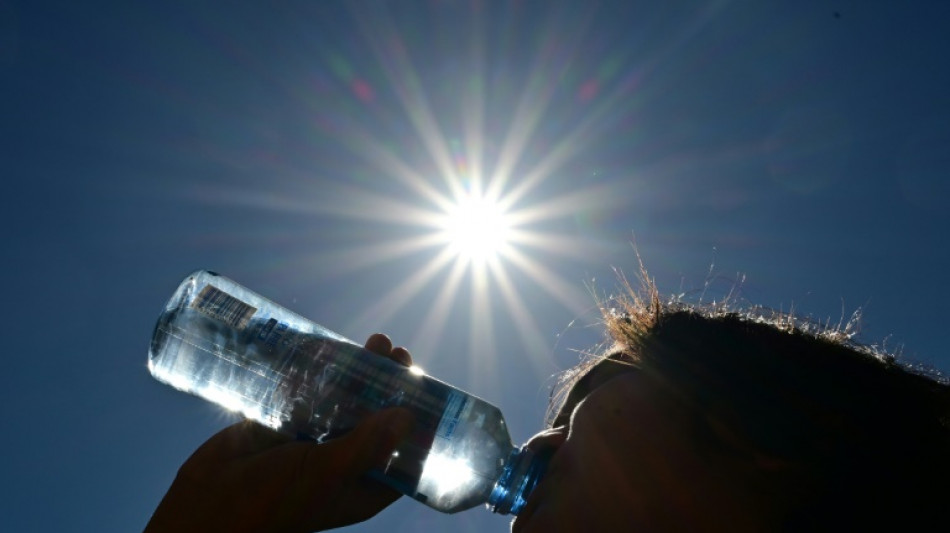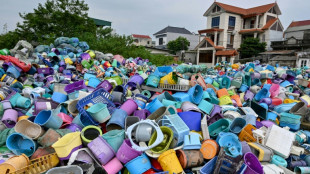

Heat wave set to sizzle southern California
A dangerous heat wave was settling over southern California on Monday, as temperature records continued to fall across the United States, from Texas to Tampa Bay.
The National Weather Service (NWS) has issued excessive heat warnings for the southern and central regions of the Golden State, with temperatures expected to hit up to 112 degrees Fahrenheit (44.4 C), in parts of Los Angeles County after Tuesday.
"Plan ahead so you can stay safe in the heat! Make sure your animals have access to shade and water! Never leave kids or pets in a parked car!" NWS tweeted.
It comes after world daily temperature records were smashed on three days last week, according to preliminary data.
On July 6 the planet's average surface temperature was 17.23C (63.01F), an unofficial record, according to the University of Maine's Climate Reanalyzer tool, which uses a combination of observations and computer modeling.
Climate scientists are sounding alarm about the impact of human-caused global warming, and warning 2023 is on track to be the warmest since records began.
In Texas, which is experiencing a prolonged "heat dome" in which warm air is trapped in the atmosphere like a convection oven, the city of El Paso has officially broken the record for most consecutive 100F days, according to the NWS.
The number is now 24, beating a prior streak of 23 days set in 1994.
Daily temperature records have also fallen across the country, from Tampa Bay in Florida to Tucson, Arizona.
Global surface temperatures have increased by about 2F (1.1C) since 1880, making extreme heat more frequent.
Extreme heat is the deadliest weather hazard in the United States, according to official data, with the elderly, the very young, people with mental illness and chronic diseases at highest risk.
E.Mancini--IM



